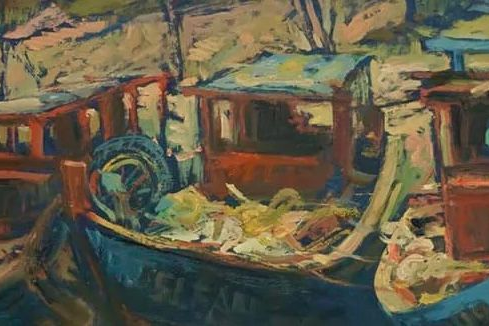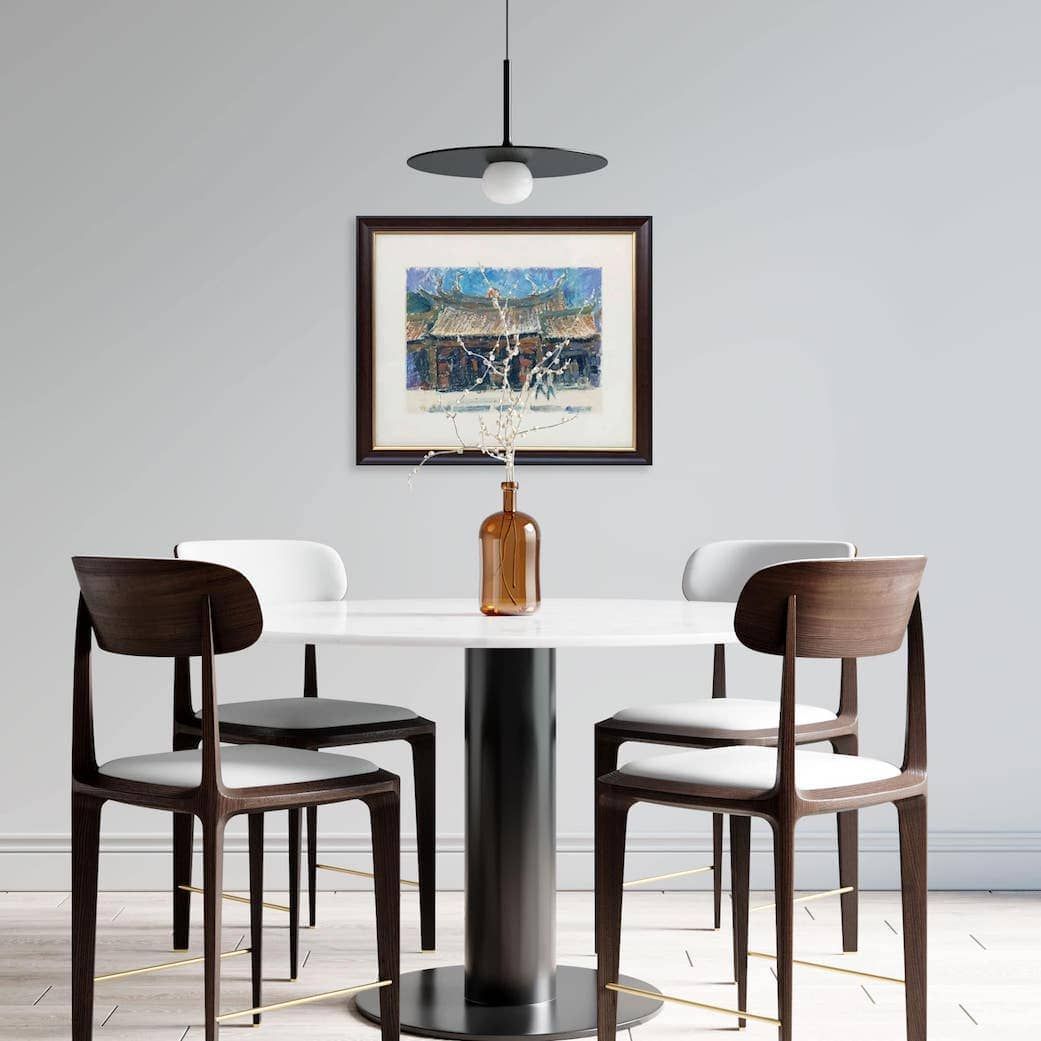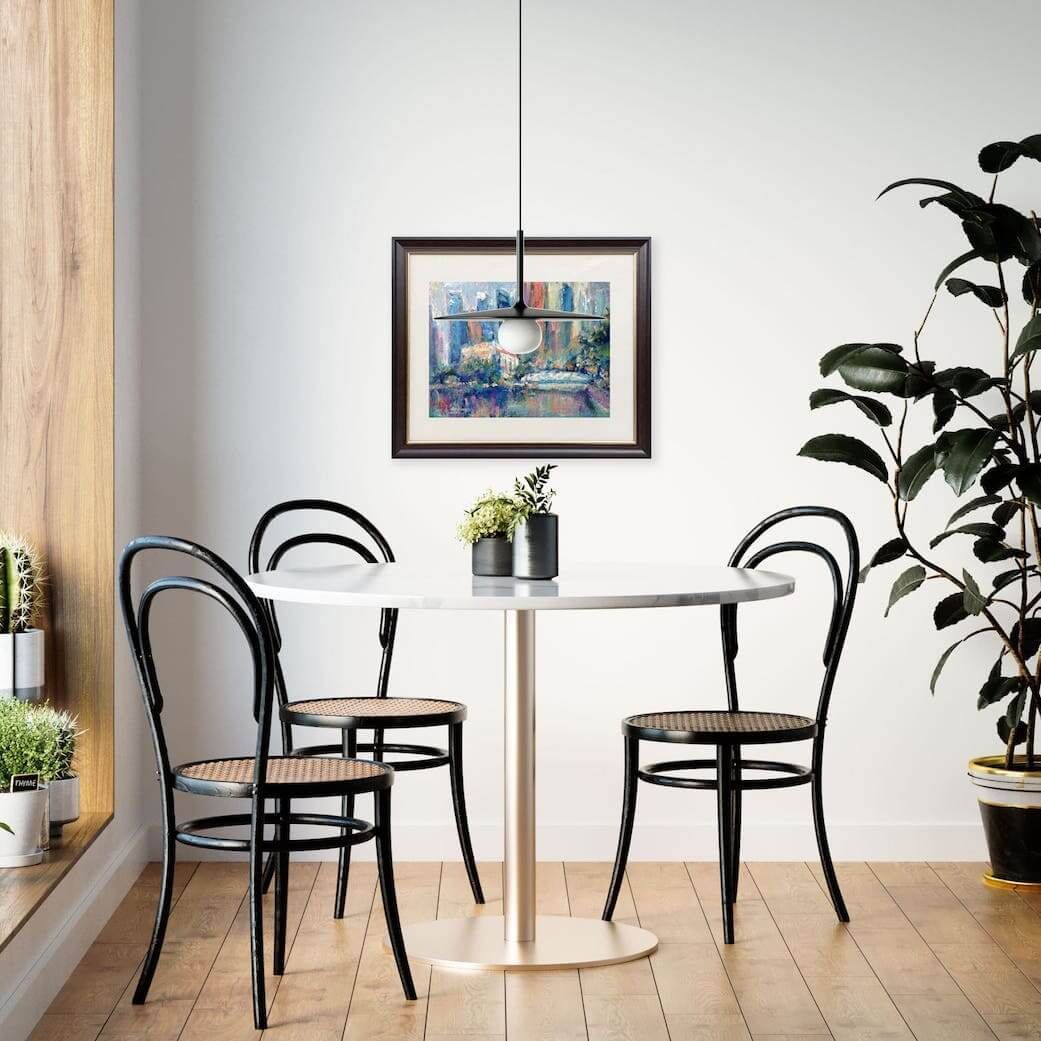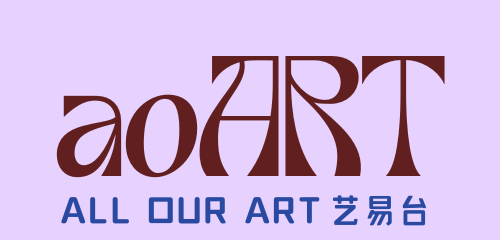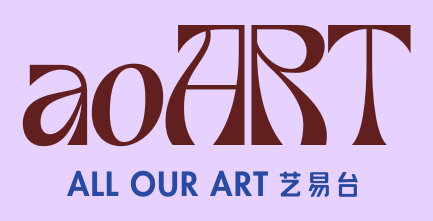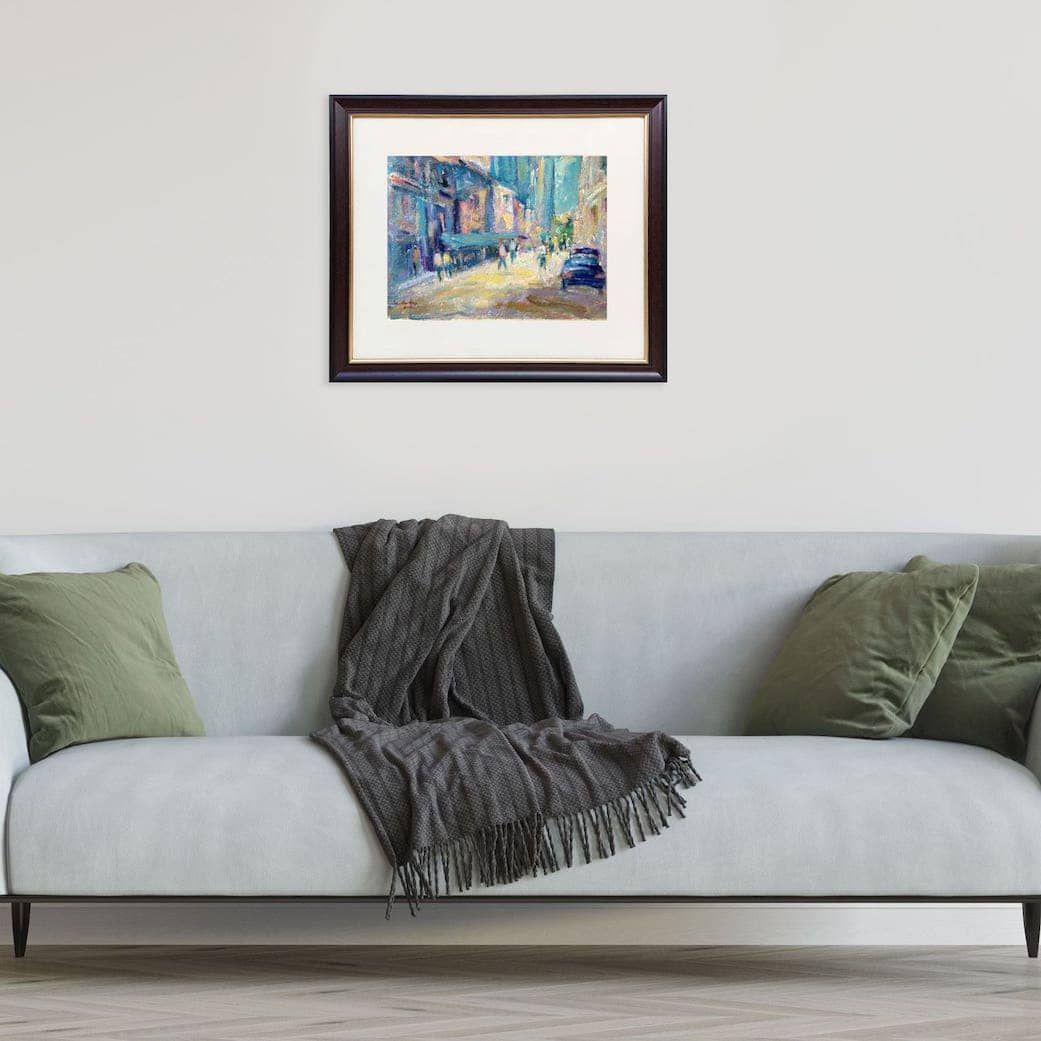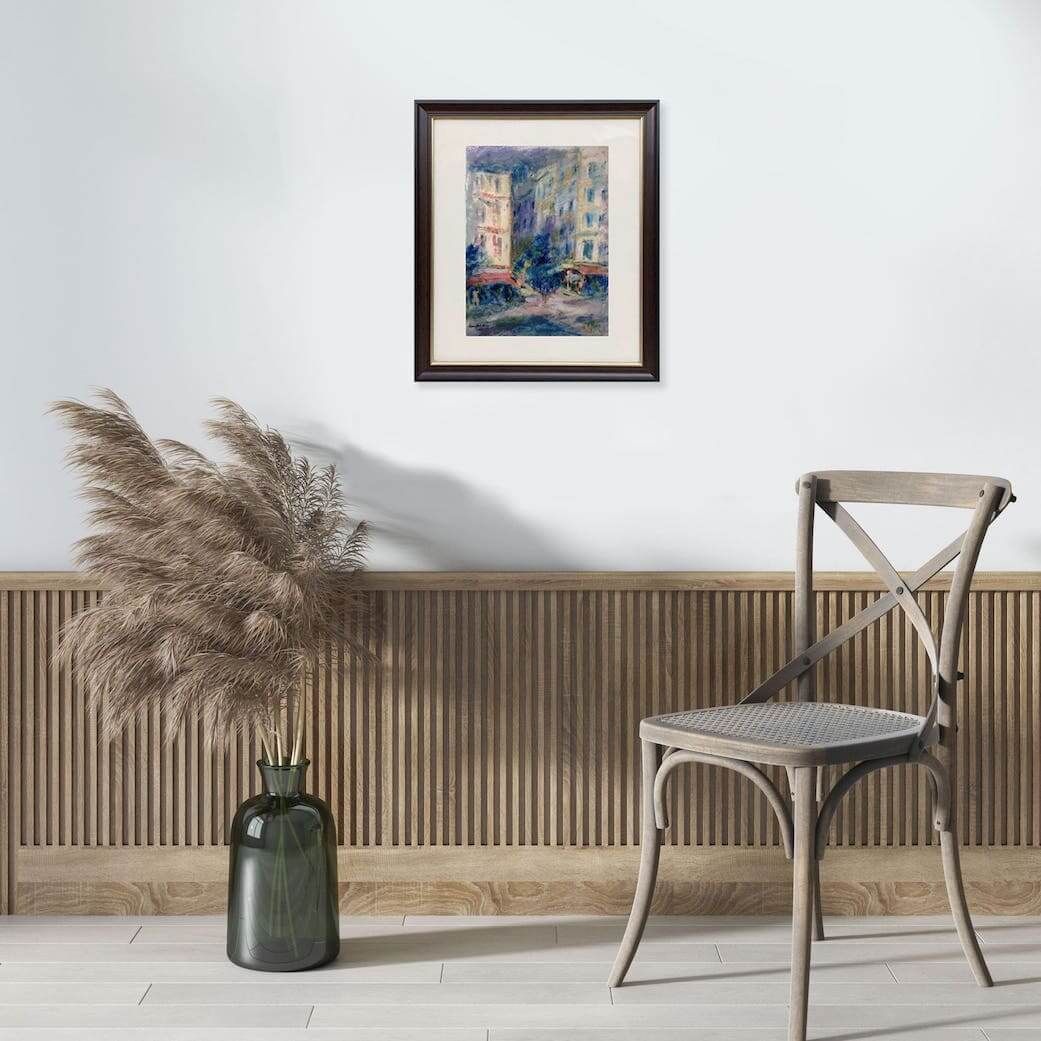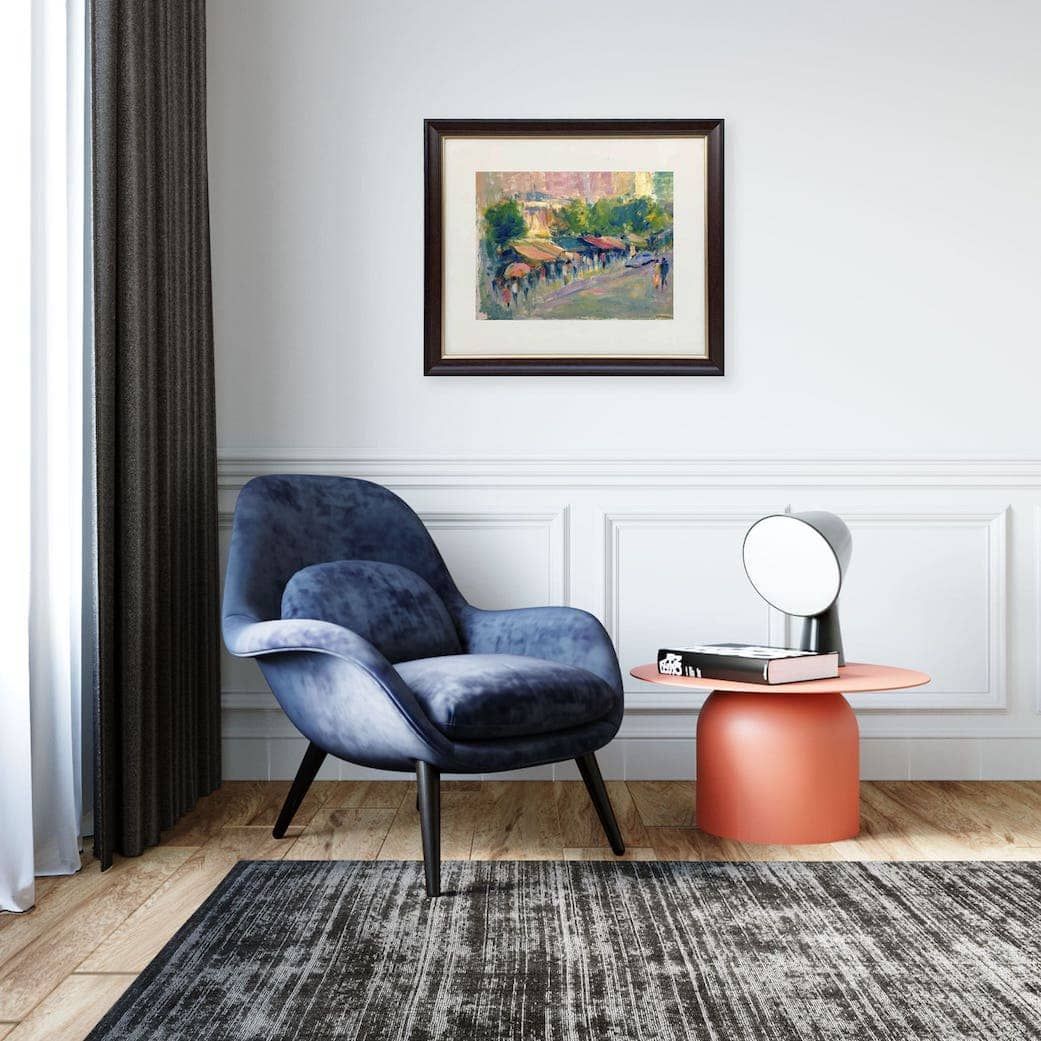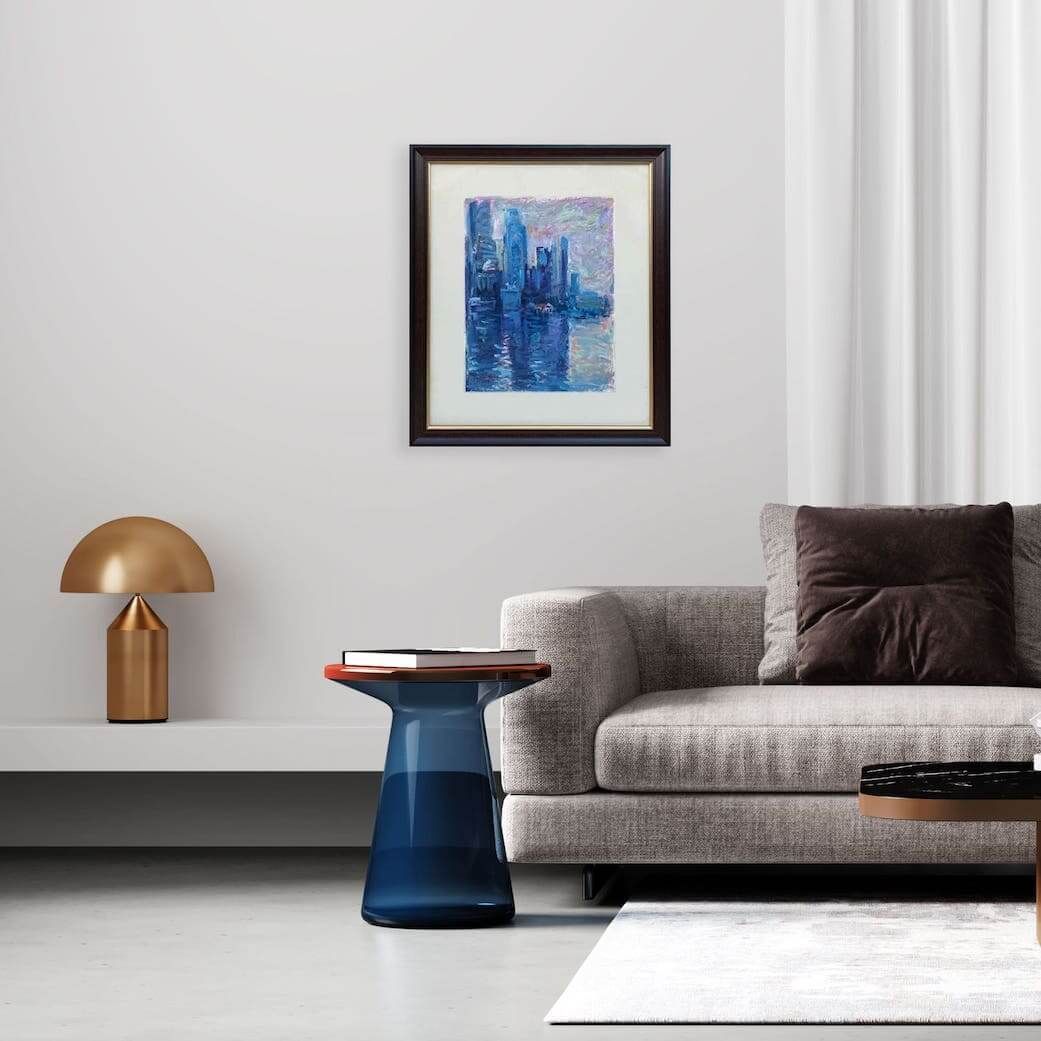5 Key Tips for First-Time Art Investors
5 Key Tips for First-Time Art Investors
Do Your Research
Before making a purchase, learn about the artist, their past exhibitions, auction history, and whether they are represented by reputable galleries.
Google is your friend, but talking to gallery directors or curators can also be enlightening.
Understand Pricing and Valuation
Unlike stock prices, art values are influenced by a mix of factors: reputation, rarity, medium, size, and market demand.
Ask galleries for pricing history if possible. Compare similar works by the same artist.
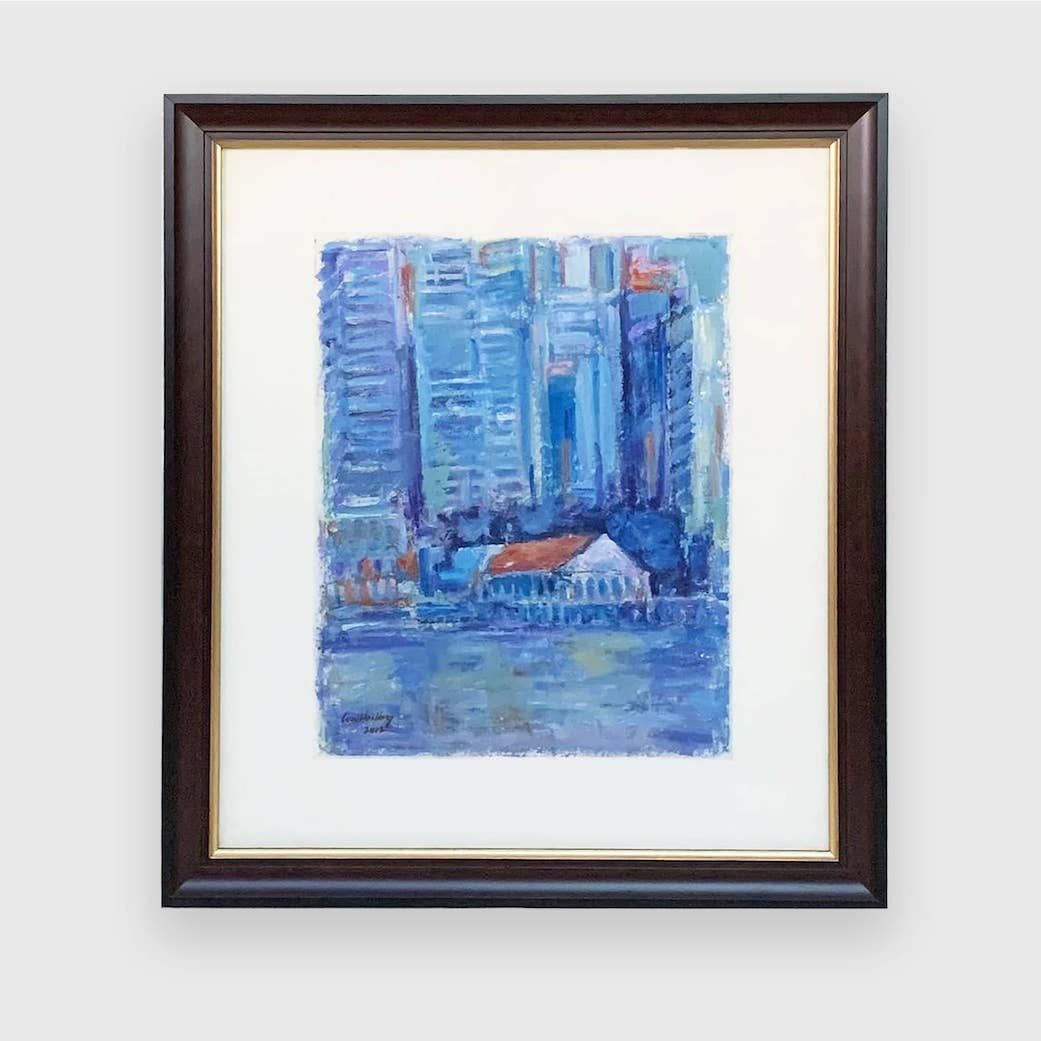
Think About Resale Early
Can the artwork be resold easily? Is there demand for this artist’s work?
While you might plan to hold onto it for a decade or more, it helps to know your exit options — galleries, auctions, or resale platforms.
Get Paperwork
Always ask for a certificate of authenticity and receipts. These documents prove ownership and are critical for future resale.
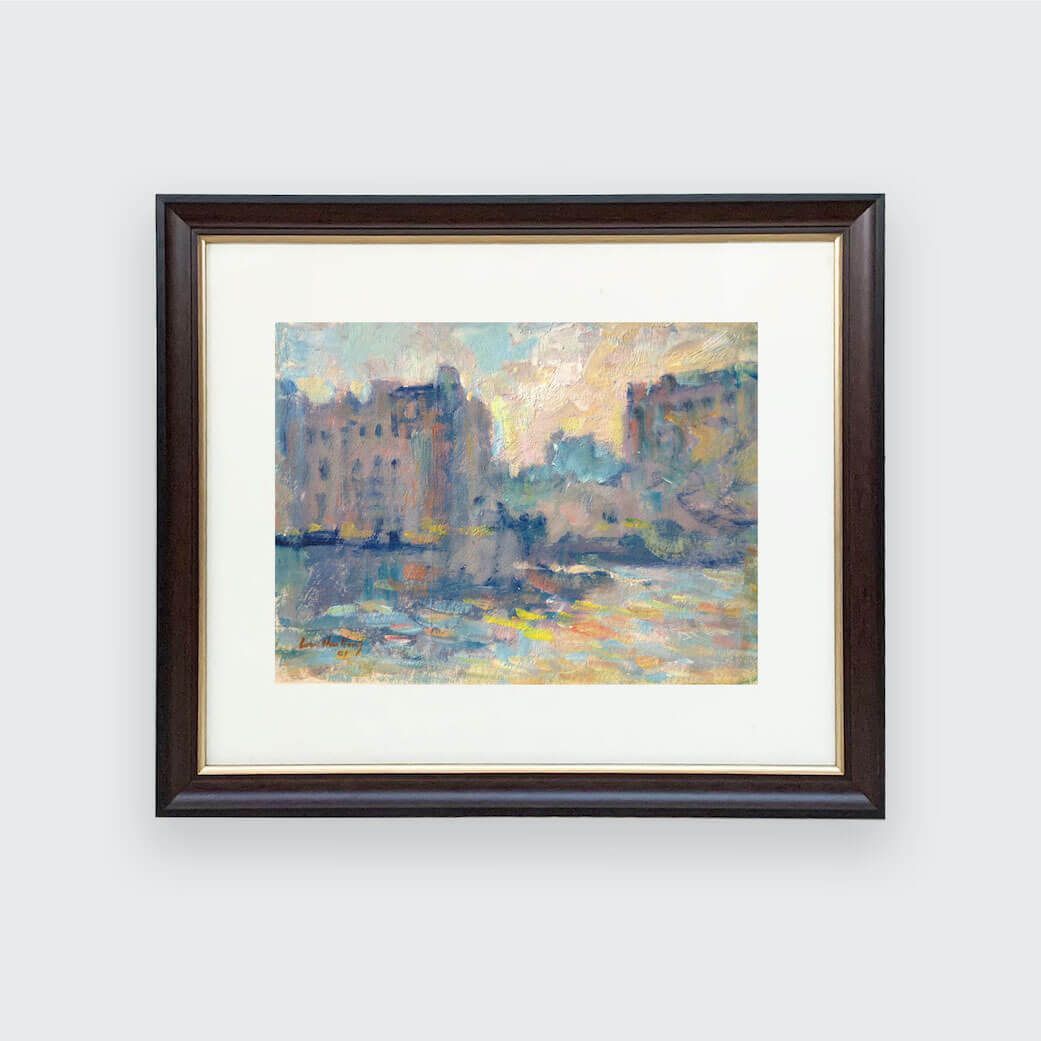
Consider Storage and Maintenance
Art is not just a click-and-forget investment.
You will need to consider framing, lighting, humidity, and security.
If it is a major purchase, think about insurance.
